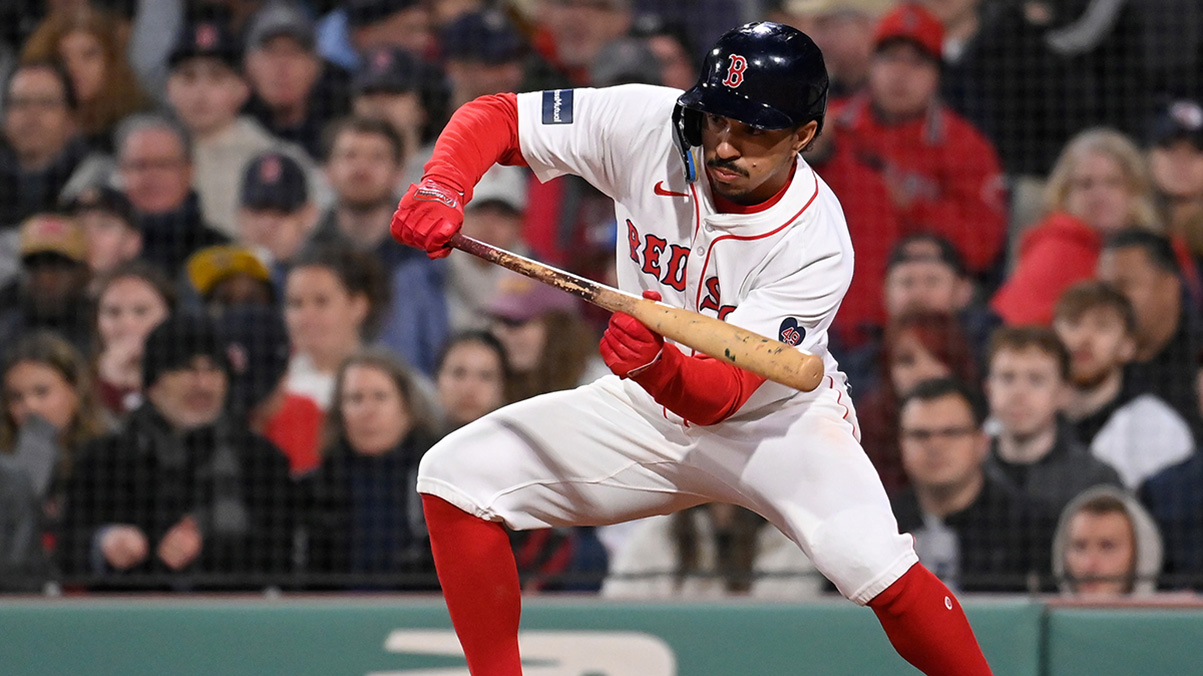If you thought Major League Baseball was pushing the envelope with its 20-second pitch clock (looking at you, David Price) you may not want to watch any Atlantic League games this season.
The independent baseball league reached a three-year agreement in late February to serve as MLB's testing ground for experimental rule changes.
And boy, are they hitting the ground running.
ESPN's Jeff Passan on Friday revealed a host of radical rules the Atlantic League will implement in 2019. Here are the three most notable rules:
1. Using a TrackMan radar system (aka, a robot) to assist umpires in calling balls and strikes
2. Moving the pitching rubber two feet farther from home plate (from 60 feet, six inches away to 62 feet, six inches away)
3. Restricting infield shifts by mandating that two infielders are on each side of the second base bag (the penalty is a ball)
Boston Red Sox
Other tweaks include increasing the size of each infield base from 15 to 18 inches, eliminating mound visits outside pitching changes or injuries and implementing a three-batter minimum for pitchers.
The majority of these rules are reasonable (if a bit edgy) and could find their way to MLB at some point as it aims to speed up the game and appeal to younger viewers.
But ... moving the pitching rubber back two feet?
That's the most eye-catching rule change on this list, as MLB mounds have been exactly 60 feet, six inches away from home plate since 1893.
Needless to say, the two-foot difference will be a huge adjustment for Atlantic League pitchers who have trained since Little League on 60-foot, six-inch mounds. Initially, it may result in a lot more walks and a lot more offense, as hitters will gain precious tenths of seconds in reaction time.
But here's what MLB is hoping to see: a lot more balls in play.
There were 188 more strikeouts than hits in 2018, the first season in MLB history where K's have outpaced hits. The sport's "three true outcomes" -- walks, strikeouts and home runs -- are at an all-time high, which results in a tedious product as infielders (and fans) wait to see some action.
Moving the mound back two feet should produce an uptick in home runs, but the hope is pitchers adjust and try to pitch to contact rather than blow hitters away.
At the very least, it will be a fascinating experiment that baseball fans should monitor with interest. So, if you have a free weekend, head over to Connecticut to watch the New Britain Bees in action.
Click here to download the new MyTeams App by NBC Sports! Receive comprehensive coverage of your teams and stream the Celtics easily on your device.


